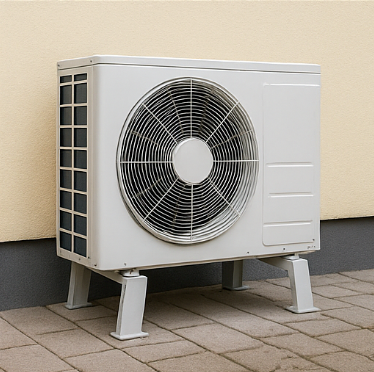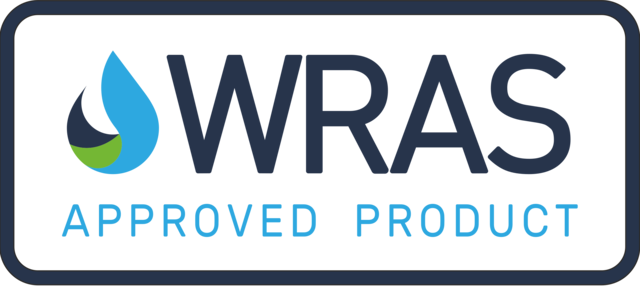Air Source Heat Pumps: Understanding Their Lifespan and Longevity
As winter blankets our surroundings in a pristine white layer, homeowners with air-source heat pumps might wonder about the impact of snow on their heating systems. Understanding how these innovative devices operate in snowy conditions is crucial for maintaining optimal performance and ensuring a warm, cosy home throughout the cold months.
The Basics of
Air Source Heat Pump Operation
Air source heat pumps extract heat from the outside air and transfer it indoors. This process continues even in cold temperatures, making these systems an efficient heating solution for many climates. However, when
snow enters the equation, it introduces new factors that can affect the heat pump's operation.
Snow Accumulation: Friend or Foe?
Contrary to what some might assume, a light dusting of
snow on your outdoor unit isn't necessarily a problem. It can act as an insulator, improving the unit's efficiency. However, heavy
snow accumulation is a different story.
Snow building up significantly around or on top of the outdoor unit can restrict airflow. This reduction in air circulation forces the system to work harder, decreasing its efficiency and potentially leading to increased energy consumption. In extreme cases, excessive
snow buildup might cause the system to shut down as a safety measure.
Maintaining
Heat Pump Efficiency in
Snowy Conditions
Regular maintenance is key to ensuring your
air source heat pump operates at peak performance during snowy weather. Start by clearing
snow regularly from around and on top of the outdoor unit, ensuring at least a foot of clearance on all sides. While at it, check for any ice formation on the unit. If you spot ice, it's best to allow the defrost cycle to run its course rather than attempting to remove it manually, which could potentially damage the unit.
Consider the placement of your outdoor unit as well. Installing it on a platform a few inches above ground level can help prevent
snow buildup and improve drainage. This simple step can significantly reduce the impact of
snow on your heat pump's performance. Consider an awning for additional protection. This can shield the unit from heavy
snowfall while allowing the necessary airflow for proper operation.
By implementing these strategies, you can help your
air source heat pump maintain efficiency, even when
snow falls heavily outside. A well-maintained system performs better and tends to have a longer lifespan, providing reliable heating for your home throughout the winter season and beyond. With proper care and attention, your
air source heat pump can continue providing comfortable, efficient heating even amid winter's snowy challenges.












